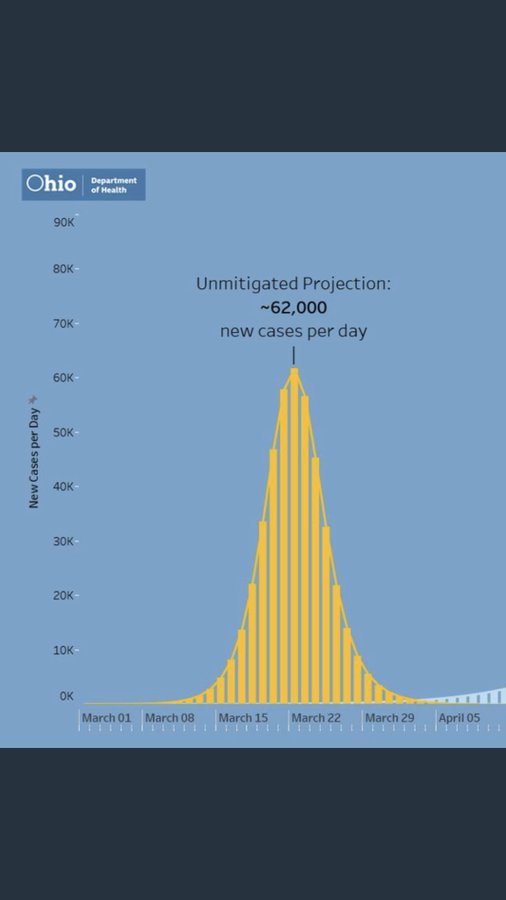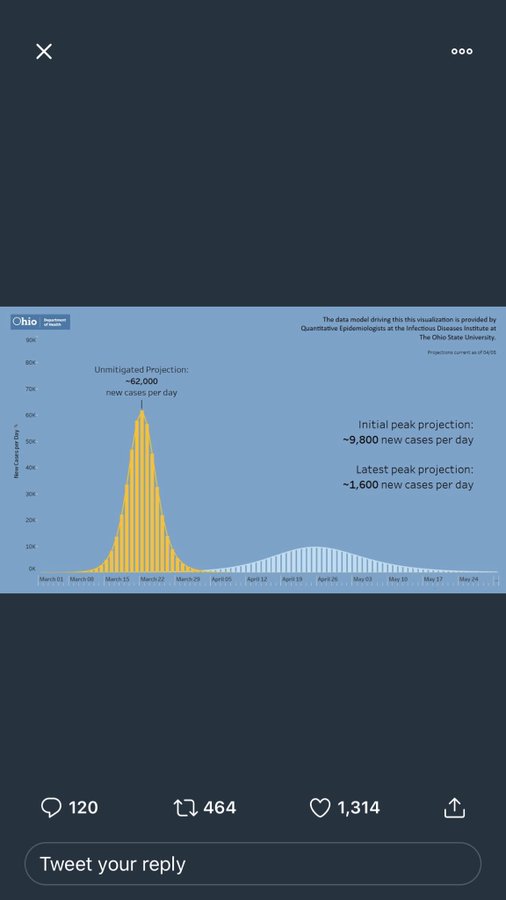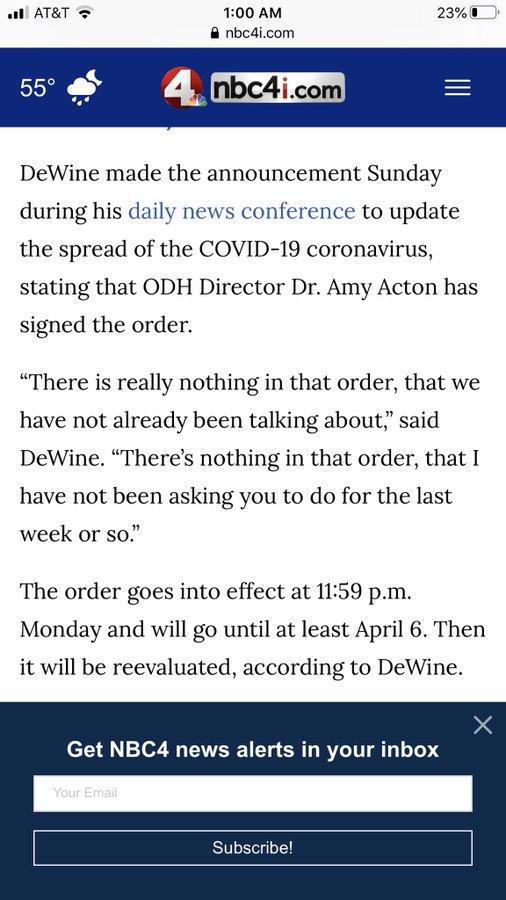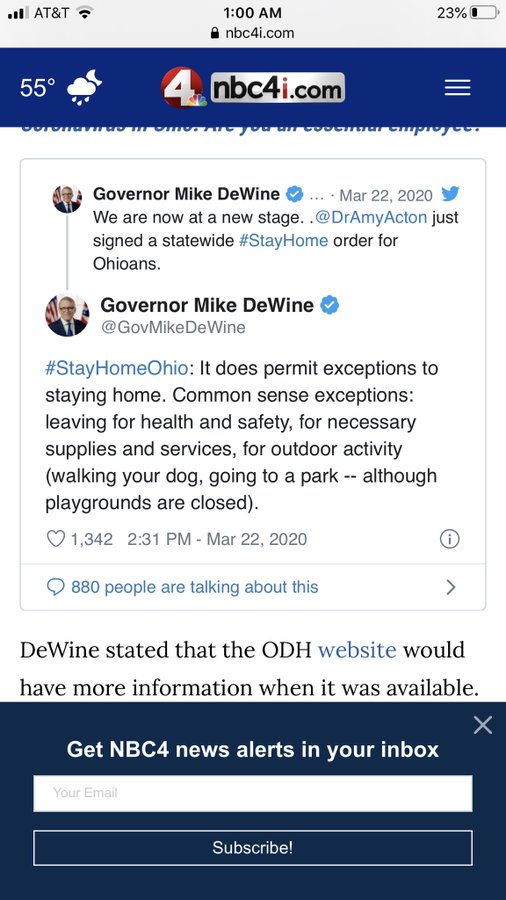
Article by Kevin R. Brock (a former FBI agent) in "The Hill":
“Travesty”
is not a nice word. It usually is applied to gross perversions of
justice, and that apparently is the context Attorney General William Barr desired when he dropped it into an interview answer the other day in the breezy courtyard of the Department of Justice (DOJ).
Okay, it’s important to pause for a moment and absorb what the AG said. He just called an FBI investigation not just a travesty but one of the “greatest” travesties in the nation’s history. It was an unprecedented statement by an attorney general about his own department’s premier agency.
Is the AG’s assessment fair? The answer is entwined in his next statement: “Without any basis [the FBI] started this investigation into [Donald Trump’s] campaign ... .”
Oops, stop again right there. Mr. Barr is making a definitive statement about that which many of us have speculated all along, namely that the weirdly unprecedented investigative team put together by former FBI Director James Comey and Deputy Director Andrew McCabe did not have adequate legal reasons to open a case into the Trump campaign in the first place. The attorney general just confirmed that.
But wait a minute, doesn’t that directly contradict DOJ Inspector General Michael Horowitz’s assertion that the FBI’s counterintelligence investigation was justified?
Two things to keep in mind regarding that inconsistency.
This would be like an FBI agent interviewing four subjects suspected of robbing a bank and, after hearing their denials, concluding there was no evidence they committed the crime.
In fairness, the IG is not a criminal investigator and certainly not steeped in counterintelligence matters. The attorney general, on the other hand, owns the Attorney General Guidelines that dictate what it takes to initiate an FBI investigation, particularly of an American citizen. He is the ultimate arbiter.
Which leads to the second point: The AG is logically being briefed on the progress and findings of U.S. Attorney John Durham’s investigation, which he commissioned to examine how the empty Russia collusion case got started in the first place and if it involved any wrongdoing on the part of the government. It is a safe bet that Mr. Durham is collecting evidence beyond the self-serving statements of the FBI principals involved. It also is now a safe bet that his findings will respectfully disagree with Mr. Horowitz’s.
Attorney General Barr communicates in a clear, understandable, calm-as-a-summer-evening manner uncommon in Washington. He undoubtedly did not get to his current position without being a skilled litigator, whose first rule is never make a statement to the court that you can’t back up. His newsworthy claim that there was zero basis for the FBI’s investigation stands, in all probability, on a mound of — in his words — “troubling” evidence now in his possession.
The media may wish that Papadopoulos’s comment is sufficient justification to investigate a candidate for president, but it is not. An experienced Russia counterintelligence FBI agent would have recognized immediately that the Australian’s assertion, while moderately interesting for existing investigations of Russians, was not nearly enough to open an invasive investigation of American citizens.
The biased, overeager Comey and McCabe, however, opened an unprecedented full-blown investigation into a presidential campaign. Worse, Durham possibly will show that the Comey team started involving itself in questionable intelligence community activities that improperly ran confidential sources against Papadopoulos well before they officially opened a case — a potentially big no-no that, if proven, will not go well for all involved.
That is especially true in light of what the AG went on to say during his interview. He likened the Comey team’s inappropriate investigation and subsequent fallout to sabotage, or the effects of sabotage. “Sabotage” is another powerful word, technically a wartime crime, but a useful metaphor in its ramifications, since it implicates a range of supporting crimes such as conspiracy, fraud, perjury and false statements.
The AG then ominously stated that he is not interested in simply receiving a “report” from Durham. He expects him to focus on possible criminal violations: “And if people broke the law, and we can establish that with the evidence, they will be prosecuted.”
These are incredibly hopeful words to many Americans who have come to believe — after the 2008 Wall Street-driven financial collapse, after the numerous Clinton family schemes and scandals, and after the wasteful Mueller “investigation” — that the powerful are never held accountable.
This is an attorney general projecting an air of confidence, not afraid to speak truth to slippery politicians even though the pushback will be fierce and personal. In light of that, it’s hard to imagine his confidence isn’t buttressed with mounting evidence of abusive government actions.
This is what the Durham investigation could well conclude: A group of people aligned with or sympathetic to one political party conspired to illicitly use the authorities of the FBI to besmirch the opposing party’s presidential candidate — and that every effort should be made to indict those who can be charged as a result.
If true, such a thing has never happened before. It would represent a direct, unprecedented attack on our democracy, to fraudulently influence the voting public with lies ostensibly emanating as facts from a noble, traditionally trusted FBI. And that, indeed, would be a travesty of historical significance. One never to be repeated, we can hope, against any future president of either party.
https://thehill.com/opinion/judiciary/492405-ag-barr-just-signaled-that-things-are-about-to-get-ugly-for-the-russia
















